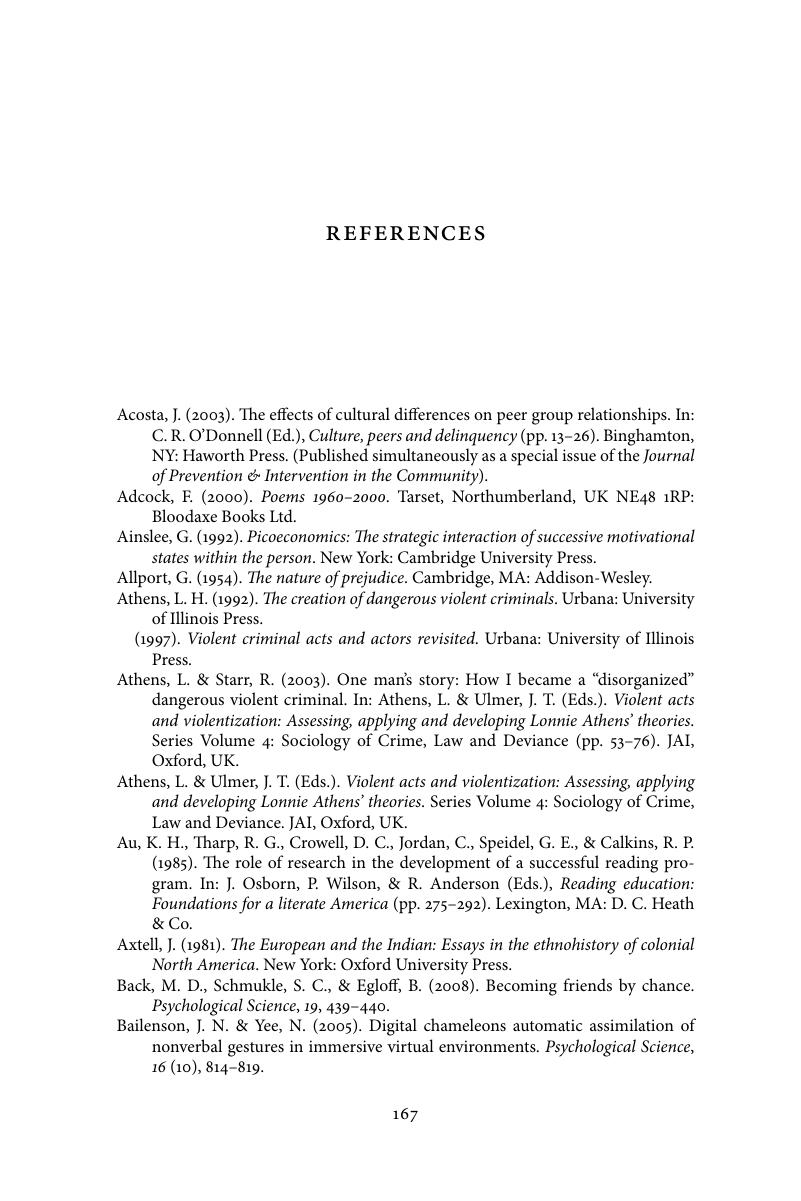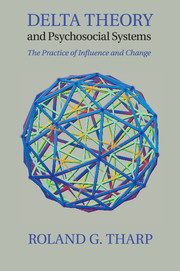References
Published online by Cambridge University Press: 05 December 2011
Summary

- Type
- Chapter
- Information
- Delta Theory and Psychosocial SystemsThe Practice of Influence and Change, pp. 167 - 180Publisher: Cambridge University PressPrint publication year: 2011



